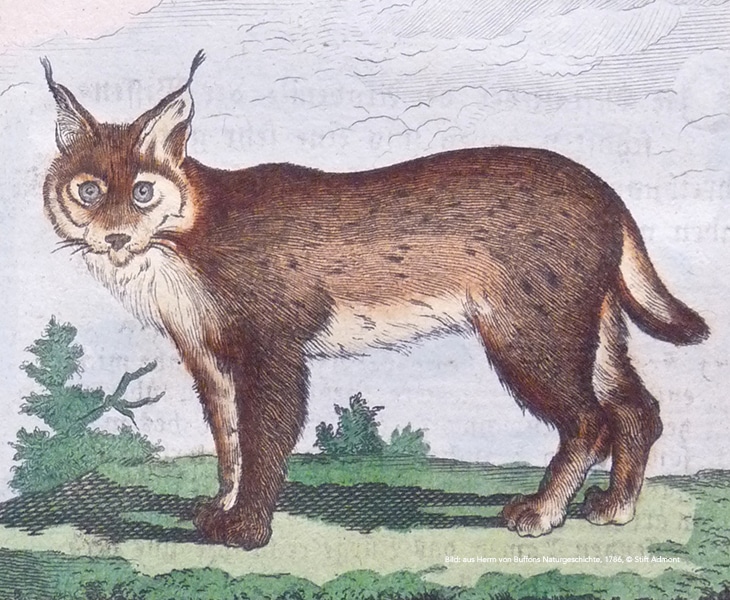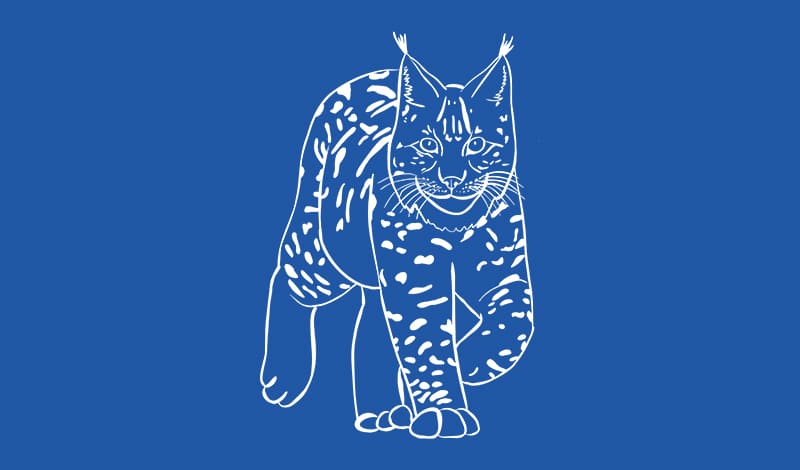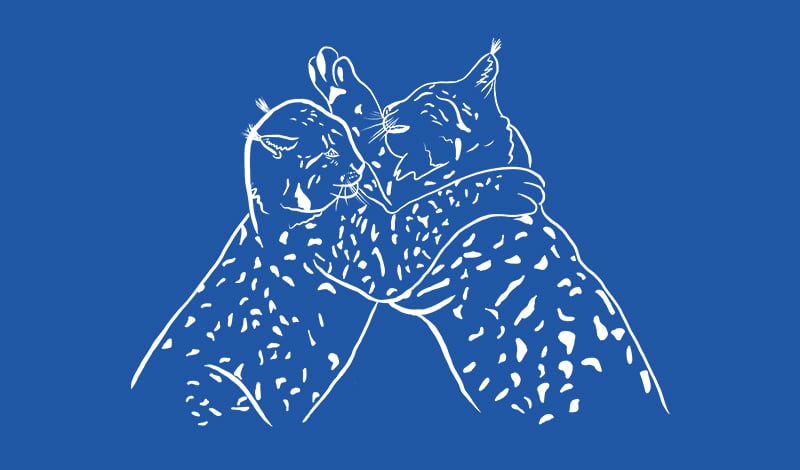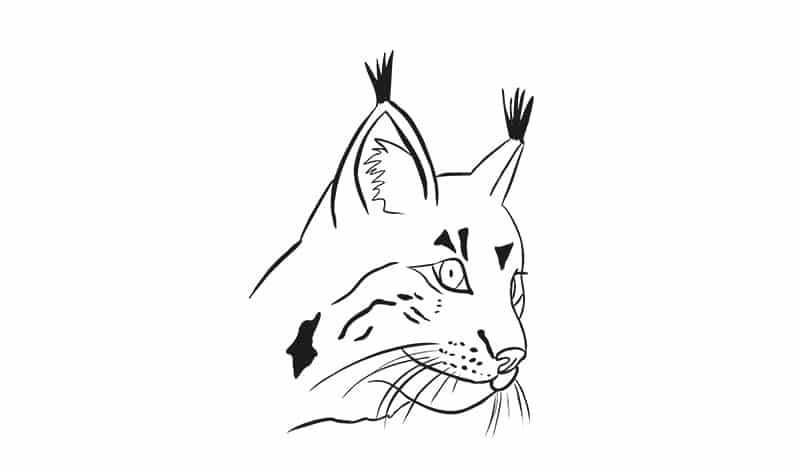
Distribution
Historical distribution
Once upon a time, lynx used to populate all of Europe but due to direct persecution the cats of prey were exterminated not only in Austria, but almost all of Western Europe by 1900. The last documentation of a lynx in Styria dates back to 1873. Luckily the shy animals remained part of the native fauna of Northern and Western Europe.

Today’s distribution
Since 1956 isolated sightings of the Carpathian lynx have been recorded. In the 1970s resettlement programs of the big cat in Switzerland and Slovenia were successful while the project in Austria (Turrach) unfortunately failed. A few years later, in the 1980s, several specimens were released in the area of today’s Šumava National Park – forming the basis of the lynx population in the Bohemian Forest. Today individuals from this area are frequently visiting Northern Austria.
A single male specimen immigrated to the area of the Northern Limestone Alps in 1998. This was interpreted as proof for the suitability of the habitat and the conservation association started a program for the reintroduction of lynx in 2011. In the beginning a successful reproduction could be documented. However, some animals disappeared and two were killed illegally. Between the years 2015 – 2017 there was no evidence for reproduction of lynx, but in 2018 a photo trap image showed a single cub. This individual was not spotted again and its whereabouts remain uncertain. As there is also no evidence of reproduction in the following years, there are only five lynx in Kalkalpen National Park. When analyzing the project area of the long distance hiking trail, it is assumed that there are a total of seven specimens as two previously unknown individuals were recorded in addition to the afore mentioned population.
Habitat

As loners lynx lay claim on a territory of 5,000-30,000 ha for themselves. The size of it is mainly determined by the prey density and therefore varies from area to area. Another influencing factor is the gender of the animals because males require significantly larger territories than females. Furthermore, male specimens do not tolerate conspecifics of the same sex in their own territory. Females are accepted because they are potential mating partners. The big cats make very wide changes of location and can migrate 40 km per night.
Unfortunately, habitat fragmentation between the Bohemian Forest and the Limestone Alps has progressed to such an extent that lynx do no longer migrate between the habitats and consequently the two populations cannot exchange genetic material. A reconnection of these areas would be essential for securing the future of lynx in Central Europe. Austria is given an important role in this respect.
Lynx & Prey

The predator stalks its prey animal, sneaks close and surprises it with a quick pouncing attack. Weakened or inexperienced animals naturally have less chance to escape. After a short sprint and with a well-aimed bite into the thrush, the prey is killed.
Lynx are pure carnivores and need a daily supply of 1-2 kilograms of food. After killing their prey the feline predator usually covers the kill with leaves, grass and twigs and, unless it is disturbed, comes back to devour all of the flesh. Bones, fur and intestines remain.
Usually the kills do not go unnoticed but after-users such as foxes and corvids often prevent detection.
Profile

| Name: | Eurasian lynx (Lynx lynx) |
| Body length: | 80 – 120 cm |
| Tail length: | 20 – 25 cm |
| Shoulder height: | 50 – 70 cm |
| Weight: | 17 – 26 kg |
| Maximum age in the wild: | 14 – 17 years |
| Number of young: | 1 – 4 |
| Sexual maturity: | 2 years (f), 3 years (m) |
| Mating season: | February – April |
| Gestation period: | approx. 70 days |
